Does a Fan Use a Lot of Electricity? How Much Wattage Does It Use?
During the summer, many people wonder whether using an electric fan will cause their electricity bill to skyrocket. The good news is that electric fans are one of the most energy-efficient ways to cool your space. Their extremely low energy use makes them perfect for everyday use. So, does a fan use a lot of electricity? No, it doesn't.
But how much power does it consume? The vast majority of electric fans consume very little energy, on average 10 to 120 watts, depending on the model and speed. Table fans, ceiling fans, and tower fans all differ a bit when it comes to energy usage. Keep reading to learn more.
Do Fans Make Your Electric Bill High?
No, electric fans do not significantly increase your electric bill. They do require electricity to run, but they use far less than other cooling systems. Even when used for several hours a day, it uses very little power. Running an electric fan regularly is a smart and cost-effective way to stay cool while keeping your electricity bill low.
How Many Watts Does a Fan Use?
Electric fan wattage is dependent on the fan type, size, and speed settings. On average, electric fans consume between 10 to 120 watts per hour. For example, a table fan might use between 10 and 60 watts, while a ceiling fan's wattage can be up to 100 watts. A tower fan usually uses between 40 and 60 watts, and a box fan can use from 50 to 100 watts. Energy consumption is also affected by speed settings; the higher the speed, the greater the wattage usage. Knowing these differences can help you choose an energy-efficient fan that meets your needs.
What Factors Affect a Fan's Electricity Usage?
The power consumption of electric fans is determined by several practical considerations. Choose a fan that cools well and saves you on electricity costs.
Fan Type
Power consumption depends on the type of electric fan you use. Ceiling fans typically perform better because of their wider blade sweep. On the other hand, tower and pedestal fans can consume more energy because of additional functionalities, like oscillation and ionizers. Simple designs generally have lower power requirements under similar conditions and settings.
Fan Size
Bigger fans generally move more air at slower speeds, potentially resulting in greater energy efficiency. Smaller fans may need to be operated at higher speeds to produce equivalent airflow levels, which can result in progressively greater power consumption. Selecting a properly sized fan for your room will give you efficient air movement and a comfortable room temperature.
Speed Settings
Energy consumption is proportional to the fan speed. The faster the setting, the higher the energy required to run, and the slower the setting, the lower the energy required. Using at the lowest speed, which is comfortable, can greatly reduce power consumption over time. Maintaining speed based on room temperature and flow requirements is a good way to optimize electricity usage.
Motor Efficiency
The motor of the electric fan also determines the amount of energy it consumes. Newer models feature brushless DC (BLDC) motors, which use much less power than older AC motors. These motors are energy-saving and produce little heat and noise. Choosing a fan with a high-efficiency motor improves your cooling power and reduces your power bill.

Tips to Increase Your Fans' Energy Efficiency and Reduce Electricity Bills
Your fan usage can be the key to saving energy. Here's how you can stay cool and keep your electric bill under control.
Choose the Right Fan Size
It's important to choose a fan that's the appropriate size for your room to get optimal airflow. An unsuitable fan won't be effective at circulating air, and an oversized one could use more energy. Assess your room size and follow the manufacturer's guidelines to select a fan with the right blade span and power.
Utilize Proper Speed Settings
Changing the speed of your fan to match the room's requirements can also maximize efficiency. Run faster when it's hot and slower when it's cool. This way, comfort is sustained while saving as much energy as possible. Constantly checking and adjusting speed settings can save you a lot on your electric bill.
Maintain Your Fan Regularly
A fan could be malfunctioning due to the dust and dirt it has collected. Clean the blades and motor housing frequently for a smooth run and longer life. Lubricating the moving parts and tightening the screws can avoid energy wastage due to mechanical inefficiency. Proper maintenance extends your fan's life and saves energy.
Use Fans in Conjunction with Air Conditioning
If you pair fan usage with air conditioning, you can set the thermostat higher without losing any comfort. Fans help to spread cool air around, lightening the load on your AC. Such synergy can result in reduced costs of cooling in the warm season and energy savings.
Employ Portable Power Stations
If the power goes out or you're in an off-grid situation, a portable power station can be a convenient way to run your fan. Based on the wattage of the fan and its capacity, some stations can power the fan for a long time. Choosing this configuration may help reduce dependence on the main power grid.
Can Fans Use Portable Power Stations?
Yes, fans can be powered by portable power stations, making them ideal for use during outages or in remote areas. Most standard fans, which consume between 10 and 100 watts, are well within the capabilities of these devices. Depending on the power station's capacity, a fan can run for several hours. This setup provides a convenient and energy-efficient way to stay cool without relying on the primary electricity grid.

What Size Generator Do I Need for a Fan?
When selecting a battery generator for home to power a fan, it's essential to consider the fan's wattage and the generator's capacity. Most standard fans consume between 10 and 120 watts. Therefore, a generator with a capacity of at least 500Wh is suitable for short-term use. AFERIY offers a range of portable power stations that can efficiently power fans:
AFERIY P010 Portable Power Station
The AFERIY P010 small portable power station offers 512Wh capacity and 800W AC output. It enjoys a 10-year battery life and a fast charge from 0% to 100% within 1 hour. It can power 8 devices simultaneously and has a 7-year warranty. Ideal for camping or emergencies, it delivers reliable, quiet cooling in a compact, portable design.
AFERIY P110-D Portable Power Station
With a 960Wh capacity and 1200W output, the AFERIY P110-D supports multiple devices. It can be fully recharged in 1.5 hours and enjoys a 7-year-long superb warranty. Features 14 output ports and versatile charging, perfect for longer use and outdoor adventures.
AFERIY P210 Portable Power Station
The AFERIY P210 portable small power station boasts 2048Wh capacity and 2400W output. It can be recharged from 0% to 100% in 2 hours and has 4 ways to recharge (AC/Solar/Car/AC+Solar). Equipped with Bluetooth control and multiple outputs, it's ideal for extended off-grid use or home backup.
Conclusion
Essentially, electric fans are energy-efficient appliances that consume relatively low wattage, making them cost-effective to run. Choosing the right fan and using it wisely can further reduce electricity usage. For off-grid or backup power, portable power stations provide a convenient and reliable solution. With the right power station, you can stay cool comfortably without worrying about high energy bills.
Related Reading:
What Can a 7500-Watt Generator Run?

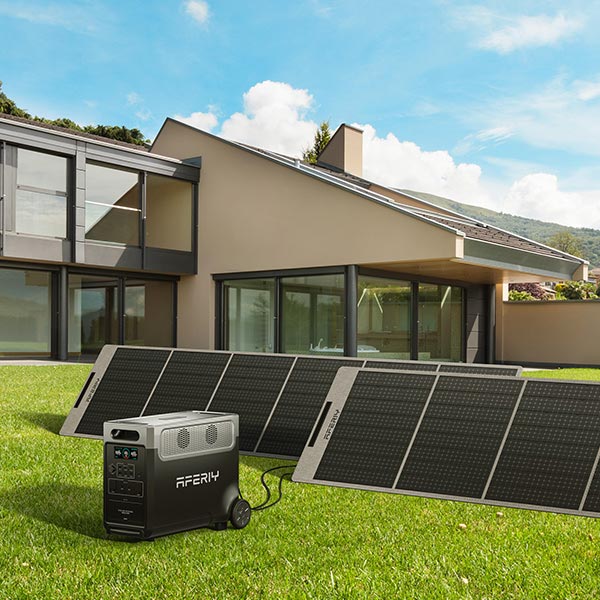
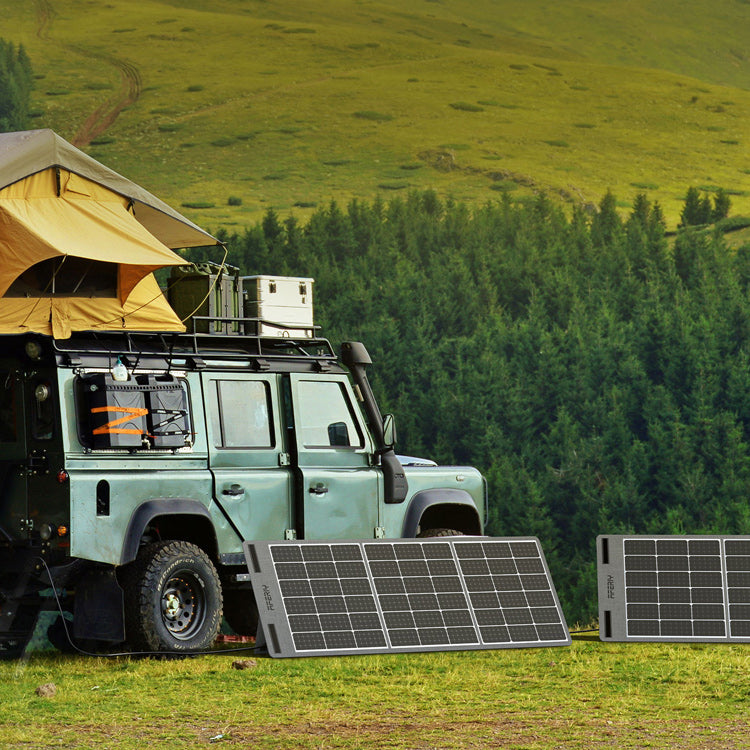
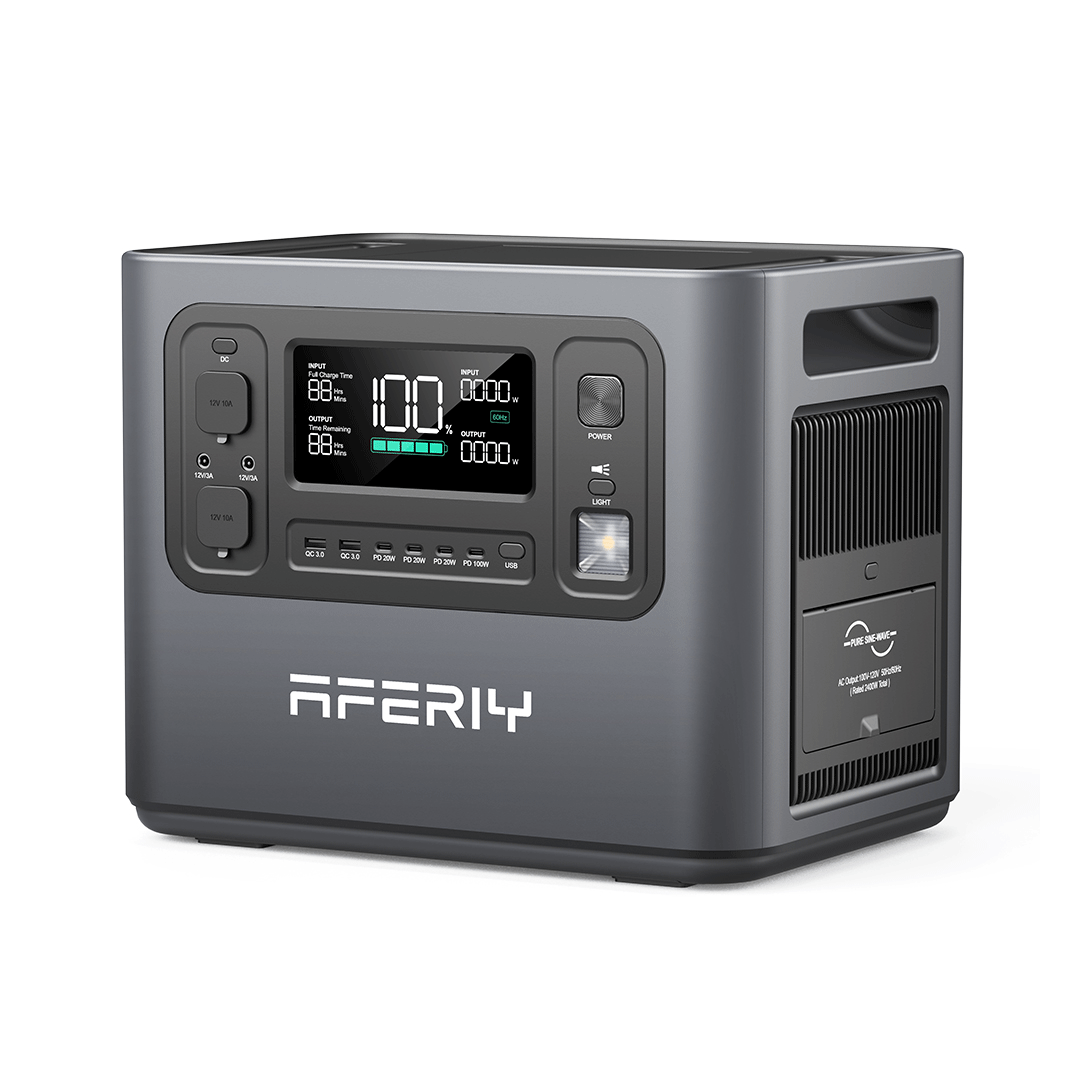
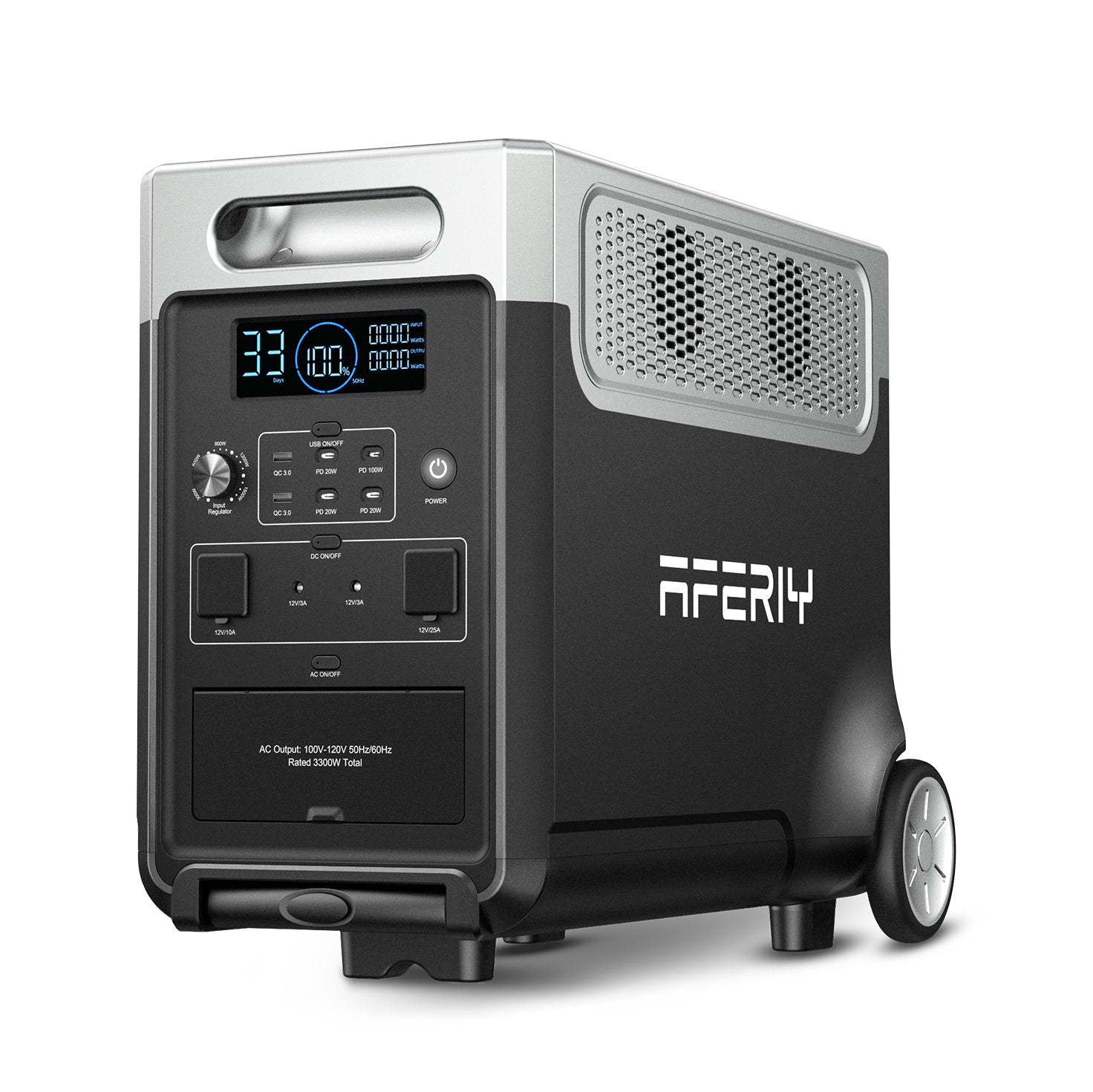

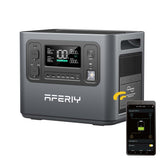

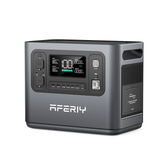

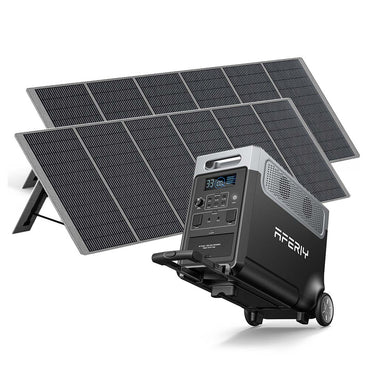





Leave a comment
Please note, comments need to be approved before they are published.